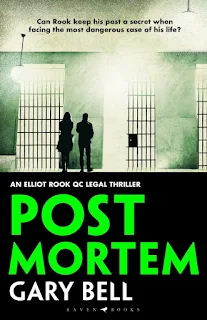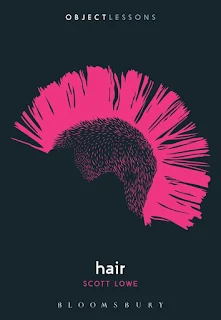Cemeteries are beautiful and haunting places, a reminder of our collective grief, the passage of time and of course our own mortality. Several years ago, I went on a walking tour of the St Kilda Cemetery on Dandenong Road in Melbourne run by volunteers from Friends of St Kilda Cemetery. I noted the warnings about uneven ground, however I rolled my ankle and had to hop back to the car just 10 minutes after the tour had started.
Years later I became a regular listener of the Grave Tales Australia podcast by Helen Goltz and Chris Adams, and I enjoyed the stories of those laid to rest in cemeteries around Australia. However podcasts aren't able to provide any visuals and I wanted to view photos of the gravesites being described and the people being discussed. Grave Tales: Melbourne Vol.1 by Helen Goltz & Chris Adams is the seventh book derived from the podcast series and contains photos and stories inspired by the resting places of those buried in this great city and it was an interesting read.
In particular, it opened my eyes to at least two events in my suburb that I knew nothing about. In April 1927, the RAAF was involved in celebrating the royal visit of the Duke and Duchess of York as part of their national tour. At least 40 aircraft were involved in aerial manoeuvres and flybys, but disaster struck when two of the aircraft were involved in a mid-air collision. One of the aircraft crashed into the Postmaster General's garage in Sturt Street and the other crashed in nearby Dodds Street. A total of 5 RAAF men lost their lives in an air disaster witnessed by thousands.
Another incident close to where I live was the Botanic Gardens murders. In January 1924, a WWI veteran entered the gardens at Park Street near the Domain and began shooting members of the public with his rifle. In just 4 minutes, he shot 5 people, killing 3 and changing the lives of many before he fled the gardens and later committed suicide. In each chapter, Goltz and Adams go on to inform the reader about what happened to those involved in a 'where are they now' style which adds to the reading experience.
Early in the book, Goltz and Adams provide an overview of the establishment of cemeteries in Melbourne, and several interesting facts, including Burial Hill, which we now know as Flagstaff Gardens and of course the Old Melbourne Cemetery (as its now known) at the site of the Queen Victoria Markets. In the 1880s, the government passed a law requiring the removal of all bodies from the cemetery which unfortunately didn't commence until the 1920s. There were significant problems identifying the plots due to a missing burial register of 1866, the lack of adequate headstones, and the fact that many of the timber markers hadn't survived the weather. Only 914 remains were relocated to other cemeteries, which means the QVM still contains the remains of 9,000 early settlers. The cemetery was officially closed in 1922 and the land was given over to the Melbourne City Council for the market.
After learning that Springvale Cemetery opened in 1902 and Fawkner Cemetery opened shortly after in 1906, the authors had me rushing off to Google Maps after reading that:
"If you could see Springvale from the air it has a 'Union Jack' design and Fawkner is designed as a half spider's web." Page 5Did you know Melbourne had mortuary trains, "that had special hearse carriages to carry coffins to Springvale and Fawkner cemeteries while mourners took the regular carriages." I was fascinated to learn that a "mortuary train ran once daily from a special mortuary station near Princes Bridge in the city" before services ceased in 1943.
Fascinating stuff, and readers with a similar interest in cemeteries might be interested in my review of Necropolis - London and Its Dead by Catharine Arnold.
Reading Grave Tales: Melbourne Vol.1 took me on an interesting trip through the streets of Melbourne with fresh eyes and I recommend it for taphophiles and non fiction readers interested in social history.













































